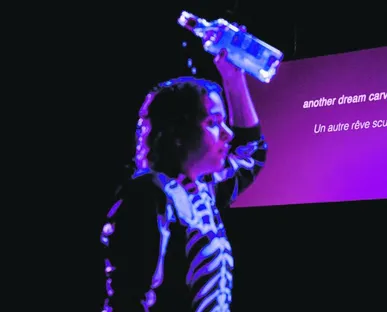
letter from Australia
Why are Sydney Anglicans in decline?

David Robertson
Sydney Anglicans are often (rightly) held up as a bright light in an otherwise darkening denominational structure. But is the light beginning to dim?
In a revealing, insightful and helpful report to the Sydney Anglican Synod, the facts on church size were revealed and analysed. The report is worth reading in detail, but in summary it shows that over the decade 2013–2023 the number attending Sydney Anglican churches declined by 7% (or 14% if you measure it by the size of the growing population). In 2013 adult attendance was 47,801. By 2023 this had declined to 44,592. Meanwhile the population of Sydney continues to grow – from 4.76 million people in 2013 to 5.26 million in 2023. It is expected to grow by another million by 2041.

letter from Australia
State-funded evil?

David Robertson
Australia is a nation of states. And they are different states, with a different ethos. Although all seem to be heading in the same regressive/progressive direction, the state of Victoria seems to be leading the race to the bottom. Indicative of this is ‘Rising’, Melbourne’s third annual taxpayer-funded arts festival, held in June 2024.
Amongst the good arts projects, and the bad, there was also the downright ugly. For example, you could listen to ‘queer Filipino ghost stories’. Then there is Anito – a ‘megafauna dance deep time from Sydney’s underground quest and diasporic club scenes’. Or you could go to Crip Rave Theory, ‘a disability-led party and a political statement which draws on disabled/crip knowledge to create more intersectionally-accesible party spaces’. Crip stands for cripple. Until five minutes ago this would have been regarded as grossly politically incorrect, but apparently some academic in some humanities department, probably in the US, has decided to reclaim the language and so ‘cripple’ moves from being an insult to a political badge – doubtless soon to have its own flag!
The death of a magazine: a sad sign of the decline of the Church of Scotland?
It is always sad when people lose their jobs. It is even sadder when it is journalists, editors and staff associated with a magazine.
And that is made much worse when that magazine is a Christian magazine which has served the church for 146 years. But that was the shock announcement made at this year’s Church of Scotland General Assembly: their magazine Life and Work was to cease.